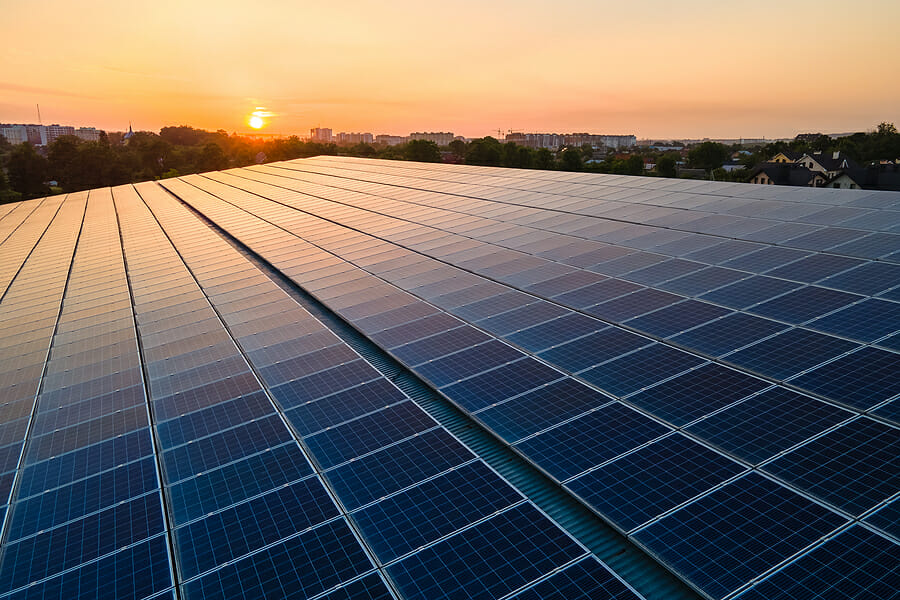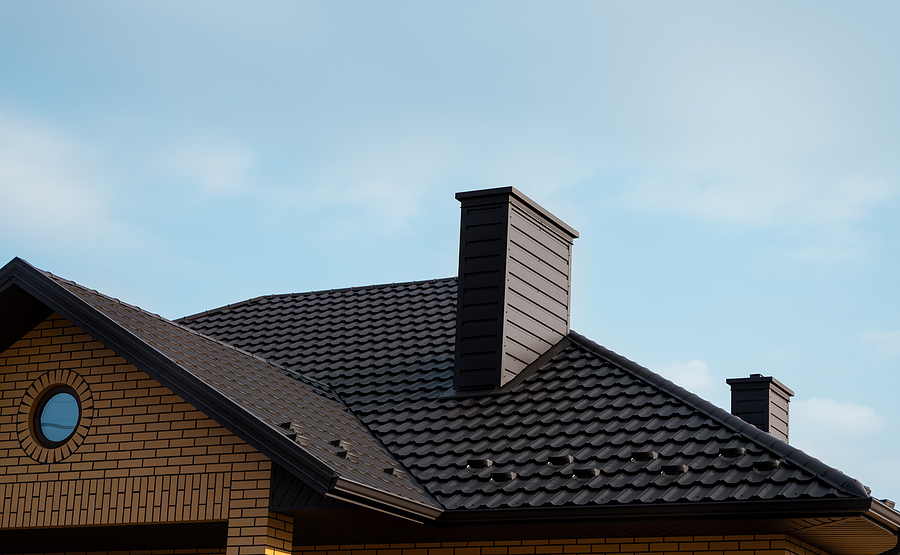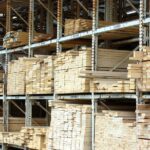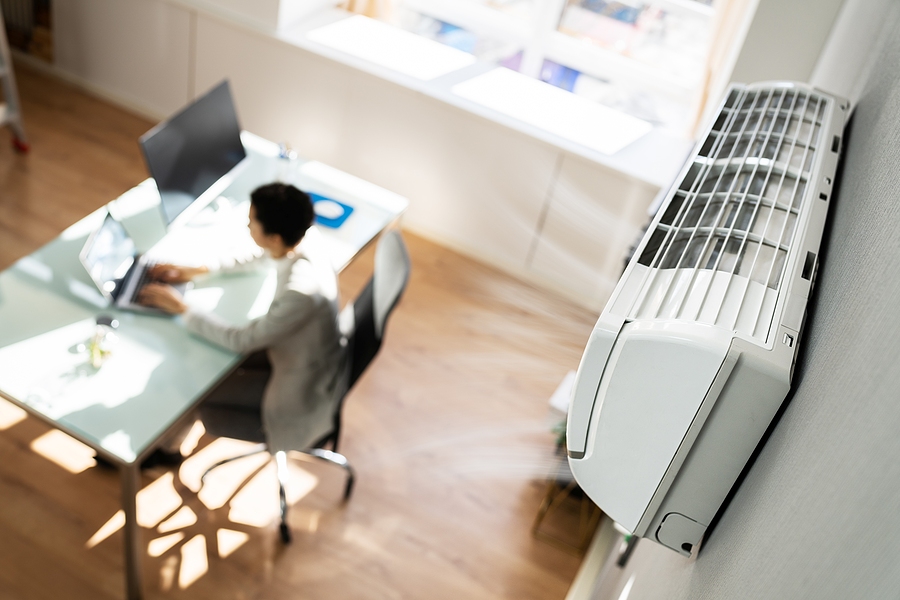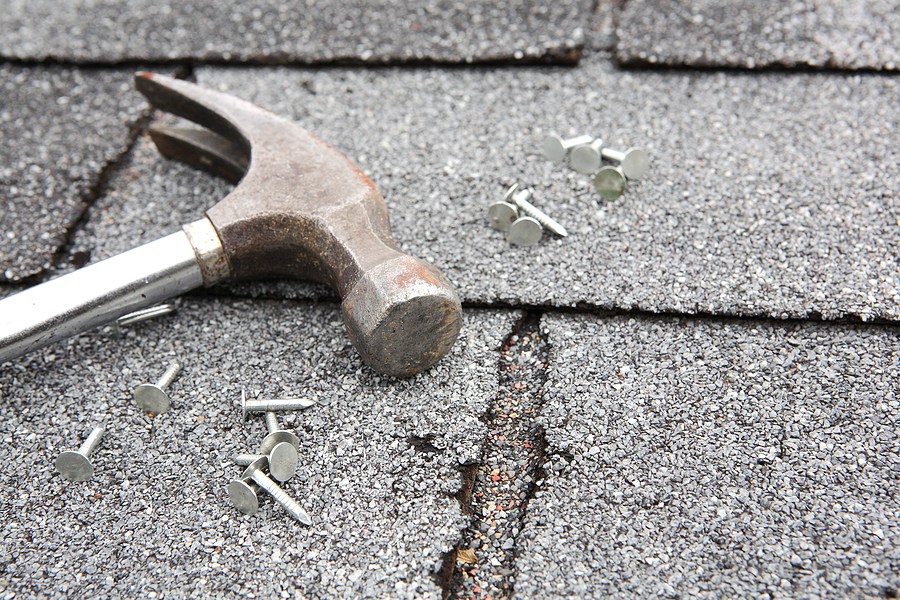Considering that the sun beats directly down on your home’s roof or your commercial building during the warmer months of the year, it’s pretty easy to understand why a roof would become extremely hot. Roofing manufacturers realized this some years ago and invented roofing materials that could reflect sunlight rather than absorb it, making it much easier to cool the buildings underneath.
The modern world has provided a number of excellent options for installing energy-efficient roofing systems, thereby reducing the demands on your cooling system in working or living spaces. The roofing system you choose for your home will depend on various factors, including the climate you live in, the aesthetic you want, and how much energy the roof will conserve for you.
What does energy-efficient roofing mean?
Table of Contents
Any roof that reduces the energy consumption of the structures beneath can be considered energy-efficient.
As one might expect, the roofing material significantly impacts energy efficiency. In addition to siding and windows, your roof absorbs direct sunlight, causing buildings to heat up during the day.
Solar reflective roofing material reflects the sun’s rays and emits heat back into the atmosphere, which prevents the building from becoming too hot inside. A more comfortable building leads to lower energy bills since the occupants put less demand on the air conditioning.
Four types of energy-efficient roofs
Metal roofing
You cannot go wrong with metal roofing for your home or commercial building. Unlike most roofs, they can last over 50 years, require little maintenance, and are very energy-efficient.
A metal roof is highly reflective, which is why it gets so hot to the touch. As sunlight bounces directly off the roof, it has a high solar reflective index. Furthermore, they can be coated with special coatings to make them even more efficient.
Tile Roofing
The unique properties of tile roofing systems include the fact that it is perfect for providing insulation. Due to the easy circulation of air beneath the tiles themselves, this roofing can help conserve energy during warm and cold weather. Also, tiles are highly resistant to fire, hail, and other types of damage caused by strong winds.
Similar to metal roofing, tile roofing is quite durable, making it a wise investment from both longevity and energy-saving standpoint. Additionally, you can select from a range of colors and styles so the roof blends seamlessly with the rest of the neighborhood.
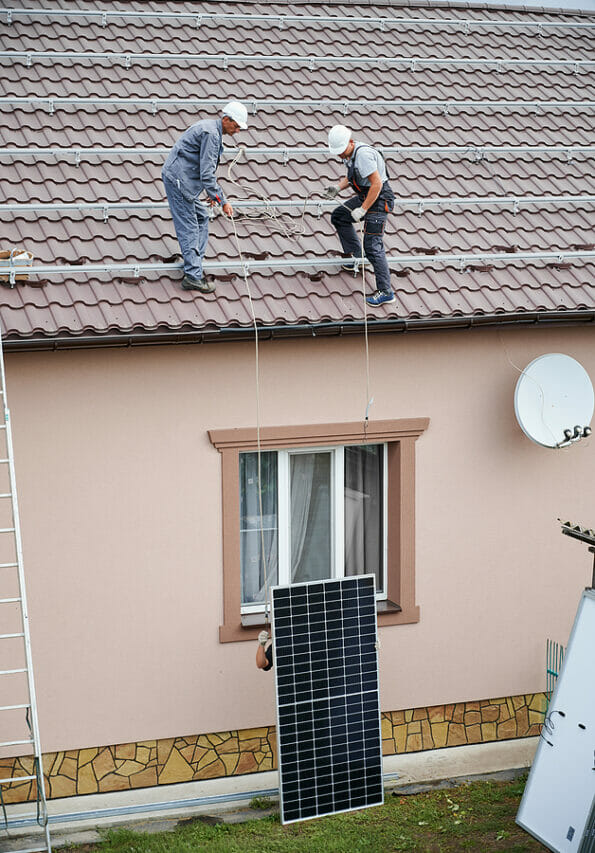
Solar tile roofing
Having a roof that reduces energy costs is only second to having a roof that generates energy! Similar to conventional solar panels, solar tiles utilize photovoltaic cells to make electricity from sunlight.
While solar panels are unsightly, these roofs follow the traditional profile of tiles or shingles. Solar tiles offer you the benefits of renewable energy with no compromise on style.
As you might expect, solar tiles aren’t cheap compared to non-solar roofing materials. Solar tiles can pay for themselves within ten years through energy savings and solar incentives despite the upfront costs.
Green roofing
Any other roofing material may not match the sustainability of green roofing. A green roof is essentially a flat roof covered with soil and plants.
It has been used as a roofing material since ancient times. That is why sustainable urban developers prefer green roofs due to their ability to reduce urban heat islands – a reason why cities tend to be hotter than outlying areas.
An added benefit of green roofs is that they absorb solar energy and provide insulation to houses, thereby increasing energy efficiency. According to one study, buildings with green roofs reduced their air conditioning demand by more than 75 %.
Aside from helping you save money, green roofs also offer a long list of personal and societal benefits, including improved roof longevity, stormwater management, and natural beauty. The price per square foot of green roofs ranges from $10.30 to $19.70. Regular maintenance may increase the costs of green roof systems over time.
Conclusion
As a homeowner, you need to weigh all the possible options to save money ranging from the smallest things to big ones such as roof replacements. Now that you know about some of the most popular types of energy-efficient roofs, it’s time to choose the roofing option that will save you money on energy bills. The most challenging part of choosing an energy-efficient approach is determining the best option for your budget.
You can use various online roofing cost calculators to estimate the price of an energy-efficient roof. Many cities even require all new roofs to have a certain solar reflectance. Although it may not be necessary, energy-efficient roofing is worth considering before purchasing a new roof.
Image Source: BigStockPhoto.com (Licensed)
Site Disclaimer
The Content in this post and on this site is for informational and entertainment purposes only. You should not construe any such information or other material as legal, tax, investment, financial, or other advice. Nothing contained on our Site constitutes a solicitation, recommendation, endorsement, or offer by HII or any third party service provider to buy or sell any securities or other financial instruments.
Nothing in this post or on this site constitutes professional and/or financial advice. You alone assume the sole responsibility of evaluating the merits and risks associated with the use of any information or other content in this post or on this site.
You recognize that when making investments, an investor may get back less than the amount invested. Information on past performance, where given, is not necessarily a guide to future performance.
Related Categories: Home, Environmental, Reviews



